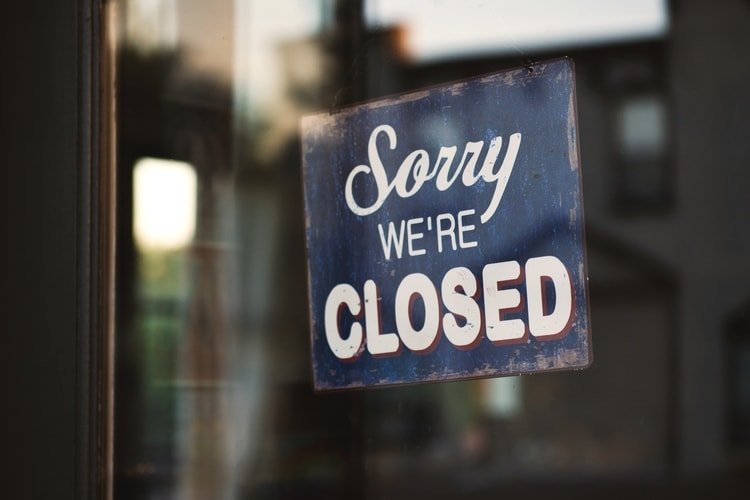Monitoring the Solvency of Staffing Suppliers is Crucial During the Pandemic

Just shy of a year ago, we wrote about the unexpected collapse of a well-known staffing supplier in New York state and the troubling ramifications this had on the contingent workforce management programs served by this supplier. At that point, the closing of a staffing supplier was considered an anomaly to be prepared for. However, in the wake of the pandemic, the potential for staffing suppliers, employer or record services and other services for contingent workforce management has risen drastically. Here are some proactive steps you can take to monitor supplier solvency and protect your employment brand.
If you know where and how to look, there are signs that can alert a workforce management pro of potential weakness within any given supplier organization. Knowing these signs can provide advance warning well before a supplier shutters its doors. Here are some steps to take to ensure your suppliers are faring well amidst today’s difficult environment.
Do New Due Diligence | Utilize free and publicly available resources to gain some insight into a supplier’s overall probability for insolvency. Manta, Hoovers, Dunn & Bradstreet and other similar third-party organizations provide financial info you can extrapolate upon when weighing a supplier’s chances at surviving the downturn in hiring activity caused by COVID.
Re-examine Contracts | More due diligence! Regularly revisit your existing contracts and the terms & conditions therein to gauge how well your supplier is meeting the service level agreements you’ve signed. Look for signs of slippage in a supplier’s ability to deliver on their commitments. Be sure to examine if the supplier is current on its insurance requirements.
Listen to the Community | Your suppliers’ other customers may be a good source of intelligence for you. If there are rumblings that reflect poorly on a supplier’s reputation, you might take that as a harbinger, and you should make every attempt to listen to what others are reporting. If you learn that payments have been delayed or interrupted, that’s an ominous portend for the health of the supplier. Take the opportunity to have an honest dialogue with a supplier should you encounter negative information about their reputation.
Make Yourself Heard | Don’t wait to engage with your suppliers until you’ve heard something that may indicate that they’re in trouble. It makes good sense to ping suppliers regularly, even between regularly scheduled meetings quarterly or monthly. The supplier should not be evasive and should always be happy to talk. If they aren’t, this may be indicative of a problem.
Sadly, the probability is higher than usual that suppliers you are currently utilizing won’t survive this global disruption. However, every setback also offers an opportunity. In this case, the opportunity exists to isolate and identify the strongest supplier partners among the field. Those providers most financially solvent and able to improve their market position will be working through these tenuous days to better differentiate themselves from their competition. You can identify these rising leaders by looking out for the supplier making obvious investments into leading edge practices and processes like AI, BI, chatbots and other automation tools.
Things may never be the same after the pandemic is squarely in the global rear view. For now, though, it requires a keen eye and a proactive posture to ensure your operations are not negatively affected. For more guidance on monitoring your suppliers’ status, reach out to a nextSource expert for help.


